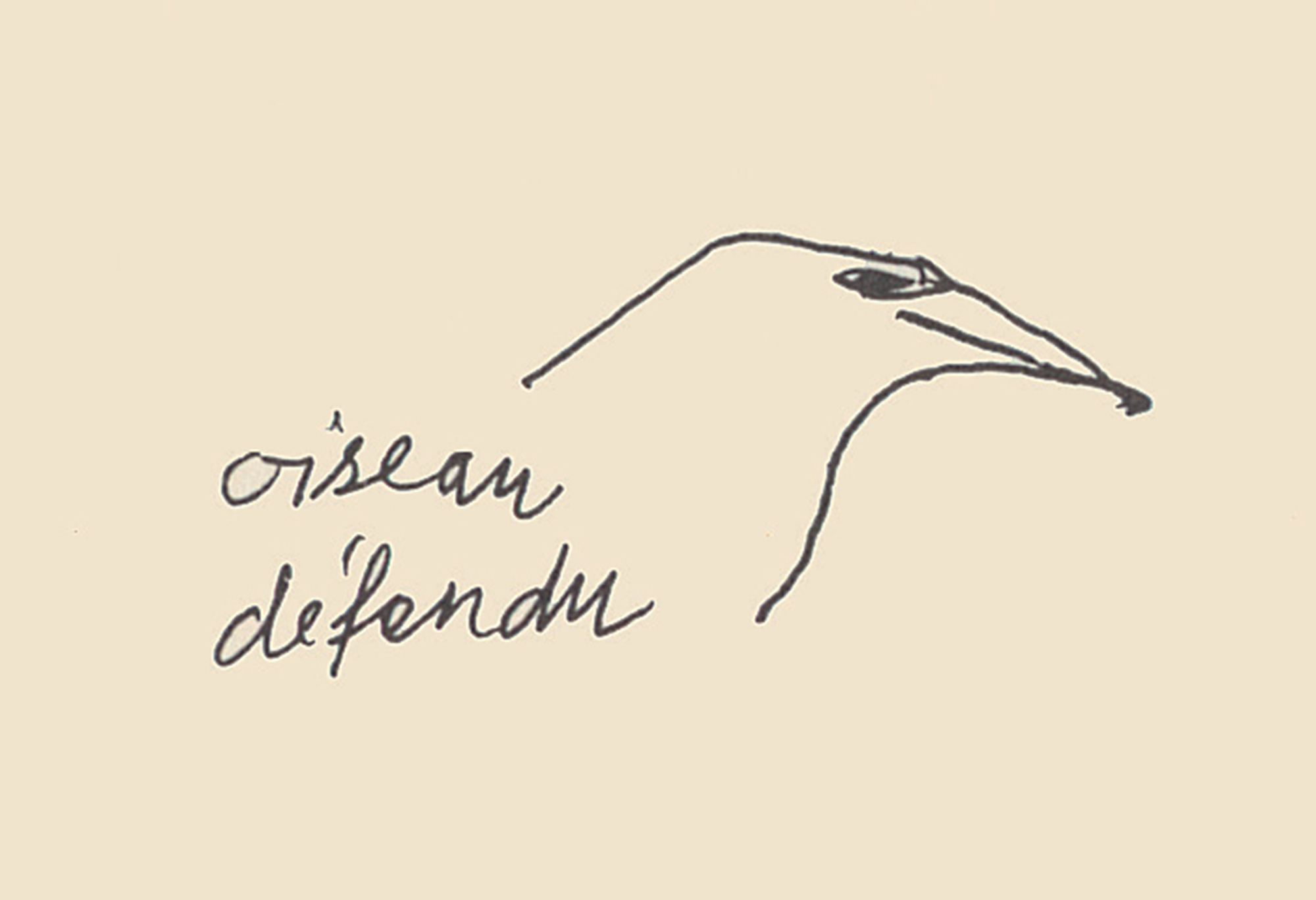Highlights of the Second Hashish Impression
Velvety, more glowing, darker
Walter Benjamin

In 1927, German literary critic and philosopher Walter Benjamin agreed to participate in the hashish experiments of psychopathologists Ernst Joël and Fritz Fränkel. Benjamin’s collected writings and protocols (1927–1935) on these and other experiments with hashish, opium, Eukodol, and mescaline were released in 1972 by the publisher Suhrkamp under the title Über Haschisch. Among those participating with Benjamin in some of these sessions were philosopher Ernst Bloch and art critic Jean Selz.
While the Versailles Treaty had restricted the production and consumption of psychopharmacopia, culminating in the Opium Law (1929) and the Nazis’ own “War on Drugs,” these substances were available to Weimar-era doctors and scientists, and were considered tools for psychological and philosophical exploration.
The fragments reproduced here are from the “Second Hashish Impression” (January 15, 1928). Benjamin is accompanied by Ernst Bloch.
The recollection is less vivid although the reverie was of a diminished intensity compared to the first time. To be precise, I was not as lost in thought, but more profoundly inward. Also, the gloomy, strange, exotic passages of the rausch haunt the recollection more than the luminous ones.[1]
I recall a satanic phase. The red of the walls became the determining factor for me. My smile took on satanic features: although it assumed more the expression of satanic knowledge, satanic satisfaction, satanic repose than the satanic, destructive effect. The sense of those present in the room as being submerged intensified: the room became more velvety, more glowing, darker. I named it Delacroix.
• • •
The room disguises itself before our eyes, wraps itself up like an alluring creature in the costumes of the dispositions. I experience the feeling that not only the imperial coronation of Charlemagne, but the murder of Henry IV, the ratification of the Treaty of Verdun and the murder of Egmont were enacted in the next room. Things are only mannequins and even the great world-historical events are only costumes beneath which they exchange glances of assent with nothingness, with the base and the banal. They respond to the ambiguous winking of nirvana across the way. To resist becoming implicated in any way in such assent, then, is what accounts for the “satanic satisfaction” previously referred to. This is also the root of addiction, to immensely heighten the collusion with non-existence by intensifying the dosage. Perhaps it is no self-deception to say that in this state one develops an aversion towards the free, so-to-speak Uranian atmosphere in which thoughts of the “outside” become almost agonizing. Unlike the first time, there is no longer the friendly, amiable lingering in the room out of pleasure in the situation for its own sake. Rather, a thick, self-woven, self-spun spider web in which world affairs hang strewn about like the corpses of insects sucked dry.
The bad simultaneity of the need to be alone and the desire to stay together with others intensifies—a feeling which emerges in deeper fatigue, and which one would have indulged. One has the feeling of only being able to abandon oneself to this ambiguous winking of nirvana across the way entirely by oneself in the profoundest silence, and yet needs the presence of others as gently shifting relief figures on the pedestal of one’s own throne.
• • •
Bloch wanted to gently touch my knee. I had already perceived this touch long before the sensation of it reached me: I perceive it as a highly unpleasant violation of my aura. To understand that one has to bear in mind that all movements appear to gain in intensity and methodicalness and that as such they become perceived as unpleasant.
• • •
Although the first rausch stood morally high above the second, the climax of the intensity is indeed increasing. This is to be understood more or less in the following way: the first intoxication loosened and lured the things out of their customary world while the second rausch soon placed them in a new one extensively underlying this interstice.
Concerning the continuous digressions in hashish. First of all, the inability to listen. However disproportionate this seems in relation to that boundless benevolence towards others, it is nonetheless actually rooted in it. Before one’s [conversation] partner has barely opened his mouth, he disappoints us immensely. What he says lags endlessly far behind what we would so gladly have credited him with and believed him capable of had he remained silent. He disappoints us painfully in his unresponsive attitude towards that greatest object of all attention: ourselves.
As for our own distracted, abrupt switch from the subject under discussion, the feeling that corresponds to the physical interruption of contact can be explained thus: we are endlessly allured with whatever we are directly engaged in discussing; we fondly stretch out our arms towards whatever we have a vague notion of. Barely have we touched it, however, than it disappoints us corporeally: the object of our attention withers away under the touch of language. It ages in years, our love has completely exhausted it in a single instant. Thus does it rest until it seems to become alluring enough to lead us back to it.
Translated by Scott J. Thompson[2]
- The German word Rausch is not accurately translated as drunkenness, intoxication, inebriation, or high. The word contains no connotations of toxicity, and its onomatopoetic senses of whirring, booming, and swirling defy Latinisms. For this reason, it has been kept in the original.
- For Thompson’s translation of all of Benjamin protocols, see www.wbenjamin.org/protocol1.html [link defunct—Eds.].
Walter Benjamin (1892–1940) was a German philosopher. His essay “The Work of Art in the Age of Mechanical Reproduction” is one of the most widely read essays in undergraduate critical theory classes.